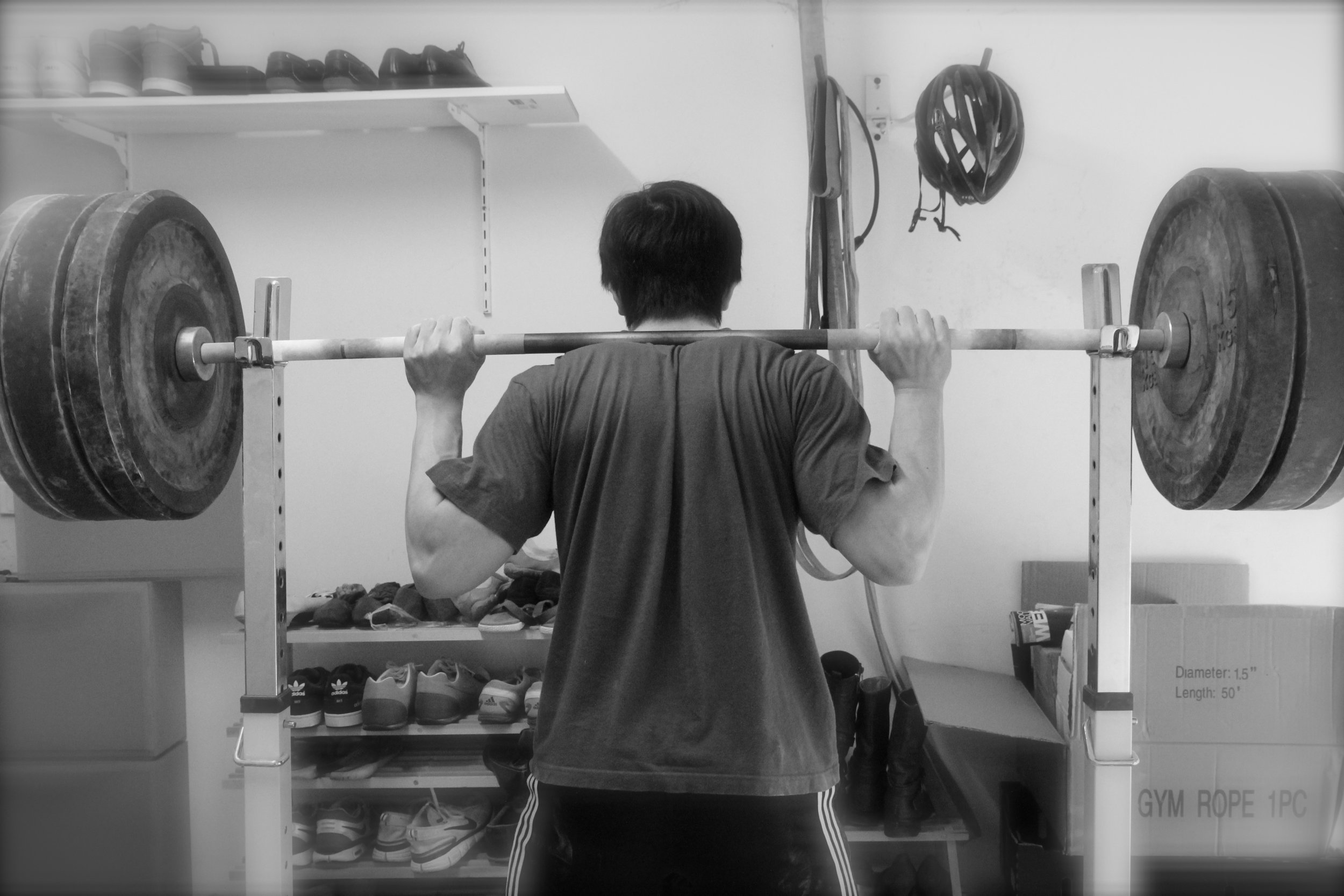3 Tips to Effective Strength and Conditioning
I am not going to say that I have plenty of experience or have trained many athletes or worked with many sporting teams/clubs but here are three tips which I have decided should be in the Training Geek philosophy in terms of effective training. It's essentially common sense put into how your programming should be like.

Keep It Simple Stupid!
Quoted from my mentor/former lecturer/associate supervisor to my PhD, K.I.S.S. is an acronym that one needs to engrain in their brain for almost everything. In terms of strength and conditioning or training, the industry itself doesn't allow for this to happen and many people tend to lose sight of this. They are always searching for new methods of training or new exercises claimed to be specific to a particular movement. However, the only problem with that is that complexity is added and hence, it makes everything oh so complicated.
So how to keep it simple?
Basically, it involves keeping to the core movements or the Big Lifts which I highly advocate that you should get right if you are serious about your training. They are the Squat, Deadlift and Bench Press. Another exercise I would include is the Shoulder Press or Push Press. If done with the correct technique, all the exercises involve all the major muscle groups of the body. You will never lift something up using only one specific muscle (unless it's downing a shot where only the biceps are worked) in everyday activities. So you need to let your muscles learn to work in the condition of working with every other muscle. This is basically what these four lifts do.
Once you master these four lifts, it's down to manipulating other training variables such as intensity and volume to achieve the required adaptation of growth you intend to get.
If It Ain't Broken, Don't Fix It.
Many a times, we do not necessarily have a problem. We think there is. However, in fact, sometimes it's just not there. If it starts hindering you then we fix it. But if not, there's no point trying to change something that is non-existant. Take fitness trends for example. All the marketing and branding of certain movements or exercises claimed to be effective make trainers use them despite their clients or athletes not having any problems in the first place. By doing so, you run the possibility of creating a problem when orignially there wasn't any!
Take a squat for example. If someone is already squatting 100kg for reps, it shows that the technique is sound enough for the person to get weight moving pretty well. But changing the stance up to be more specific to the sport he or she is involved with may not be a good thing because the weight would drop, the positioning for the squat would be different and eventually, the person will lose the strength or even get injured.
So find something that works well and stick to it. Yes your body needs change but it does not need a drastic one! Again, playing around with intensity and volume is enough to make a difference!
Movement, Not Outcome.
Emphasis of any exercise should be on the movement of the body related to the exercise. If you focus too much on the outcome, you will not remember the important cues of the movement, and this may lead to situations of comprising posture or positions.
More often than not, many athletes will only worry about the numbers they are doing and forget about the technical aspects of the movement. All they want is to get the weight moving and it results in inefficient movement.
So as important as getting big weights moving, you got to think about how you are going to move the big weight. Like Greg Everett said, missing a lift and failing a lift are two different things. Missing a lift means there is some form of technical error which causes you to not get the lift. Worse case scenario is injury. Failing a lift simply means that the strength to complete the movement is not there. So at the end of the day, it is the process of the movement which allows for the outcome. So if you get a good process going, your outcome would simply be good right? Easy.
So keeping these three tips in mind, hopefully you can have a more simplified approach to your training. Sometimes it's about injecting some common sense into your training and not blindly following what the many trends the fitness industry is coming up with. Look around, read more and you will slowly learn to put your own training thoughts together.
